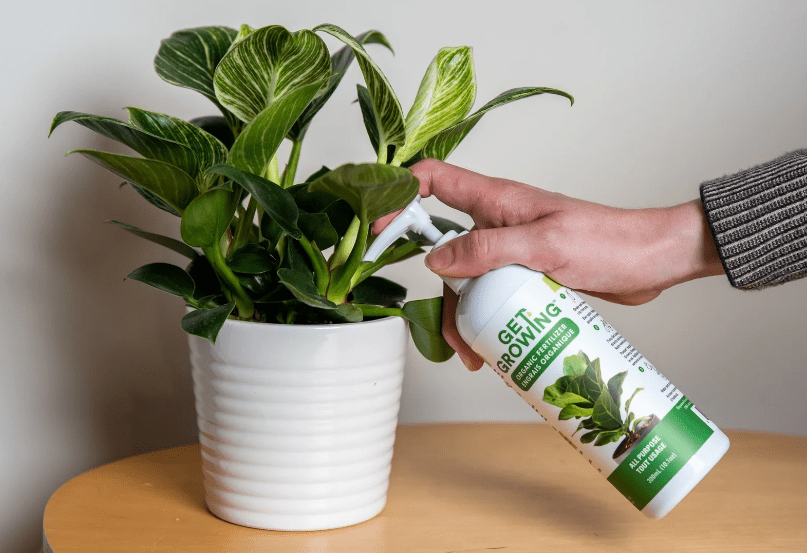
Challenge: Bayview Flowers has developed an organic fertilizer from its liquid bio digestate, wanting to determine its chemical composition and find strategies for malodour reduction Solution: Identify the chemical profile of liquid bio digestate, define mitigation strategies for odour reduction of the product Impact: Create value-add from waste, lessen environmental impacts, and help growers find other avenues to monetize their business
Bayview Flowers (Bayview), located in Jordan Station, Ontario, has grown to become one of the largest growers and distributors of ornamental flowers and potted plants in North America, servicing many of the major wholesale and retail businesses.
With the size of their state-of-the-art facilities comes the need to manage waste. The team members at Bayview are proud to grow plants using innovative and environmentally sustainable methods. They continuously develop business practices and utilize new technologies that help reduce/re-use waste while generating renewable energy. It’s for these reasons that they reached out to Vineland Research and Innovation Centre (Vineland) to discuss their latest innovation challenge.
Bayview operates an anaerobic digestion system that uses fermentation to convert organic waste matter into biogas, which is then used as a renewable, carbon-neutral fuel source to generate useful heat and electricity for greenhouses at its facility. From that biodigester, a solid and liquid bio digestate is produced.
Instead of just sending it to the landfill, the Bayview team knew the solid bio digestate could be used as peat fertilizer in fields but wasn’t so sure what to do with the liquid product. The team members tested it out in plant trials as a liquid root fertilizer and saw an opportunity to produce a home use organic fertilizer. Unfortunately, the liquid produced a strong negative odour and the nutrient profile was unstable over time. To address this stinky problem, they needed to know why it happened and how they could reduce the smell.
The experts at Vineland, who are members of the Greenhouse Technology Network (GTN), were able to help them conduct the required research.
At Vineland, the Biochemistry and Consumer, Sensory and Market Insights team came together to find a solution to this innovation challenge.
The biochemistry researchers investigated the baseline chemistry of the Get Growing product and found the odour-causing agent. Using mass spectrometry-based techniques, they were able to identify the baseline chemical profile of the product by measuring the non-volatile and volatile chemical profiles with and without various additives.
Once they had the chemistry profile confirmed, the Consumer, Sensory and Market Insights team, led by Program Leader, Amy Bowen, PhD, conducted a full literature review, that helped define potential mitigation strategies for off-gassing and loss of nitrogen content.
“Since Bayview’s product is meant for consumers, our team was able to help ensure the stability of the product and define mitigation strategies. With this information in hand, we’ve been able to help Bayview with the first step in the innovation pipeline of bringing a product like this to market and the research we conducted helped them visualize their next steps,” said Amy.
The impact of this work showcases how businesses can create a value-add from waste, lessening the environmental impacts and helping growers find other avenues to monetize their business.
“Bayview approached researchers at Vineland because of their expertise in conducting comprehensive research in chemical analyses. We thought they would be the ideal group to perform analyses on our organic fertilizer product. The biochemists at Vineland performed trials which were much more complex than we would be able to achieve in-house. In addition, the Consumer, Sensory and Markets Insight team conducted extensive literature reviews that led to positive solutions to our product development challenges. The funding provided by GTN allowed us to undertake this collaboration with Vineland sooner and with a much greater scope than would be possible without such funding,” said Christine Dobbin, Research & Development Manager, Bayview.
With this research under its belt, the company can move forward with additional trials on the product and bring to market this new local product.
This project was made possible by funding from the Federal Economic Development Agency for Southern Ontario, through the Niagara College-led Greenhouse Technology Network.
Visit Niagara College’s Horticultural & Environmental Sciences Innovation Centre (HESIC) page to learn more about its resources and capabilities.






